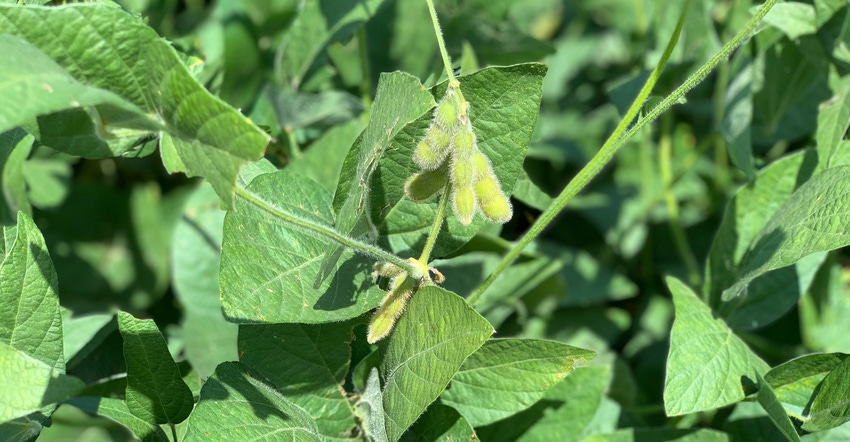September 15, 2021

Strong demand from China, smaller supplies and other factors have resulted in higher prices for many agricultural commodities. Projected prices for corn, soybeans, hogs and several other commodities moderate in the years ahead, while cattle prices increase.
Since 1984, the Food & Agricultural Policy Research Institute at the University of Missouri, or FAPRI-MU, has provided decision makers with information about how changes in policies or market conditions affect the agricultural sector. It recently released a new report, based on information available in mid-August, that updates the 2021 FAPRI baseline outlook prepared earlier this year.
This report assumes crop production in 2021 will equal the values reported by USDA in its August Crop Production report, along with macroeconomic assumptions based on July 2021 forecasts by IHS Markit. Current government policies are assumed to continue. While COVID-19 had major market impacts, the report does not assume any new large-scale disruptions because of the pandemic.
Some key results from the FAPRI-MU outlook include:
Corn shows strength. A large increase in imports by China, reduced production in Brazil and other factors increase the projected marketing-year-average corn price to $5.34 per bushel for the crop harvested this fall. If realized, it would be the highest annual U.S. corn price since the 2012 drought year.
Corn prices could fall in subsequent years as Brazilian production rebounds, China’s imports stabilize and domestic corn use grows at only a modest pace. Still, projected corn prices remain above $4 per bushel over the next five years.
Soybeans have short rally. Recent and expected expansion in renewable diesel capacity and production, partly in response to California’s low-carbon fuel standard, has contributed to a large increase in soybean oil prices. This also supports soybean prices, but puts downward pressure on prices for soybean meal.
Projected marketing-year-average soybean prices increase to $13.18 per bushel in the 2021-22 marketing year, but then moderate as global markets respond. Prices stay above $11 per bushel through 2026-27.
Weather affects crop price. Weather-reduced U.S. crops push up U.S. wheat and cotton prices in 2021-22. As with corn and soybeans, projected prices decline in subsequent years, but remain above the average prices of recent years.
Meat production slows. Strong demand in both export and domestic markets has pushed meat prices higher in 2021, even though production of beef, pork and chicken is at or near record levels. Higher feed costs contribute to slower meat production growth in 2022 and subsequent years.
Protein price variability. Following sharp increases this year, hog and poultry prices are projected to decline in 2022 as export growth slows and domestic meat demand is not as strong as in 2021. Cattle prices continue to rise in 2022 because of reduced cattle and beef supplies.
Dairy drivers. Projected annual average all-milk prices remain near $18 per cwt for the next five years. Cheese prices dipped from the unusually high levels of 2020, while butter and nonfat dry milk prices increased.
Food cost inflation. Consumer food prices increased by 3.4% in 2020, and projected consumer food price inflation is even higher this year. Food price inflation may again exceed 3% in 2022, partly in response to current high commodity prices and increasing labor costs. Food inflation is projected to be similar to the overall inflation rate in later years, averaging 2.3% from 2023-26.
These projections are a snapshot based on information available in August. New information about the size of the 2021 crop and a host of other factors will alter the outlook. This baseline update does not explore uncertainty around these projections due to yield, demand or other factors.
FAPRI will soon issue another report that will examine the farm income implications of these commodity market projections. It will incorporate historical data reported by USDA on Sept. 2 that showed a lower 2020 net farm income than USDA had previously estimated.
Source: University of Missouri Food & Agricultural Policy Research Institute, which is solely responsible for the information provided and is wholly owned by the source. Informa Business Media and all its subsidiaries are not responsible for any of the content contained in this information asset.
You May Also Like




